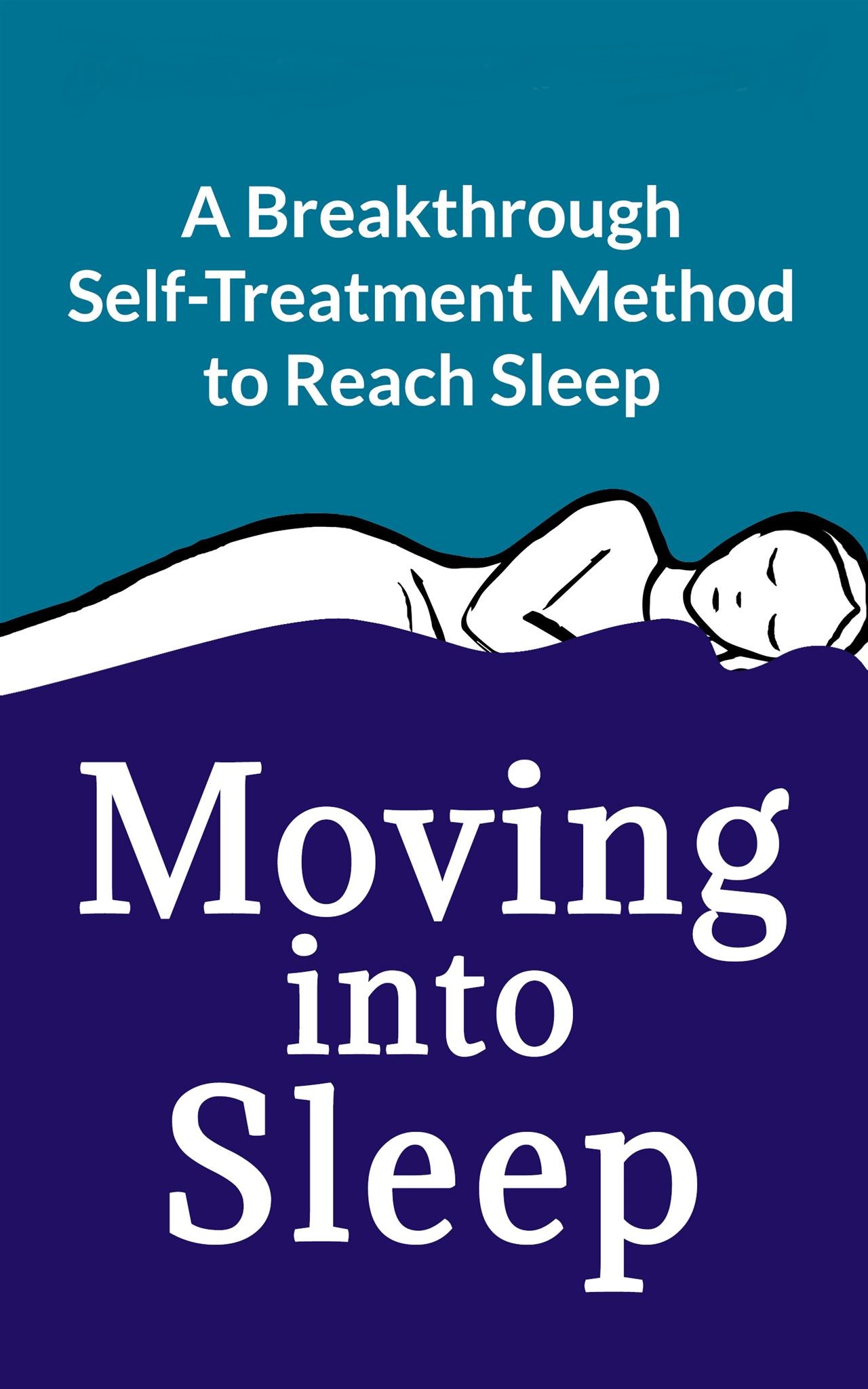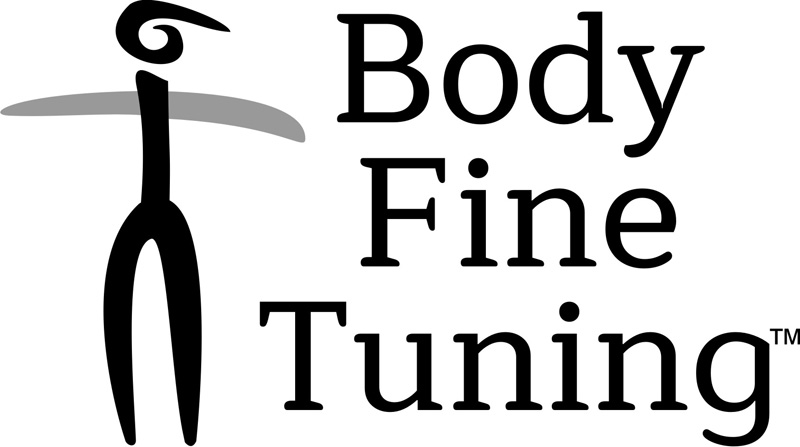Track Your Sleep Habits
Get a Free Printable Sleep Tracker Journal
"By tracking your sleep, you take a real action towards improving your wellness."
Can you remember at what time you fell asleep last night?
How many hours of sleep did you get?
That should be easy, but how much sleep did you get a week ago or during the whole previous month? And how did your sleep affect your mood all this time? Not so sure?
Here's where tracking your sleep comes handy.
It helps you to know the facts so that you can discover the relation between your sleep and your energy levels and mood. In short, it's a real action towards improving your wellness.
As you perhaps know from my previous post, Amazing Sleep audio guide is now available. To accompany this, I think it would be fantastic for anyone to start tracking their sleep, so with a designer I put together a printable Sleep Tracker.
You might have heard of apps that do this and it's great if it works for you. This printable version is a simple ol' paper and pen thing, no submitting personal data through your mobile phone. Just download, print and start tracking. It's like a classic way of journaling, straightforward and actually quite fun to do. After using it, you'll be amazed to see the overview of your sleep routine.
About the Sleep Tracker: 2xA5 size in an A4 (so you can get the spread for two months if printed one side, or four months if printed double sided, that's a third of the year sleep tracking), it features super handy 24 hours chart since everyone has different sleep routines and you can mark extra nap hours during the day too.
To get the Sleep Tracker, sign up to my newsletter. At the same go you'll get my free e-book 'Get Some Sleep Tonight'.
Why is it Important to Maintain a steady Sleep Schedule?
Backed by research, good quality sleep is a result of three factors:
1. You can fall asleep with ease
2. You get enough NREM deep sleep
3. You get about 8 hours of sleep in average, every night.
A steady schedule helps in maintaining a strong sleep-drive. In other words, it becomes easier to fall asleep when you always go to bed at the same time.
The Moving into Sleep Method
Advanced somatic self-care
Better Sleep is a gentle movement away
To fall asleep easily, use a few minutes to calm your body and brain by doing sleep-inducing movements, the way I show in The Moving into Sleep Method. You can start, for example, with your hands, massage your fingers, gently and slowly. Breathe freely, relax your body as well as you can, and notice how the movement gradually soothes you into peaceful sleep.
Too high or low support will twist your neck muscles, which can affect your whole body.
If you prefer to lie on your back, make the support thinner than when you lie on your side.
Fold the towel so that your neck feels well supported and you can roll your head easily from side to side.
Note that the alignment of your neck often reflects first the way it is when you stand or sit.
Therefore, after some time, it might be necessary to adjust the hight
If you lie on your side, create a support so that your neck is in line with your spine.
Experiment with different heights, until you feel your neck is as relaxed as possible and free to move.
If necessary combine a folded towel with a flat pillow
Be aware that some pillows get compressed during the night and won't give you consistent support.
A folded towel, on the other hand, maintains its shape very well.
Once you have created the right support for your head, move it a little backward, so that nothing or as little as possible touches your cheek.
A gentle touch on the cheek triggers a rooting reflex, which activates the neck muscles to turn your head.
Ideally, the core support is under the side of the skull, behind the ear, where you can find the center of balance of your head.
Note also that your neck doesn't need any support. Therefore, avoid squeezing a soft pillow under your neck as it will bother you by limiting body circulation and free movement.
The support you get is firm, yet comfortable and the flat surface promotes comfort and ease in movement.
Some weeks ago, my mother-in-law told she had a stiff neck every morning. When I asked her how she supported her head, she told having a basic, soft, and quite a thick pillow. I then told her how I support my head with a folded bath-towel, sometimes combined with a thin pillow. This allows me to adjust the support so that my head is well balanced and free to move. It is a great solution, functional and cheap.
As always — thanks for reading.
Questions and comments are welcome!

